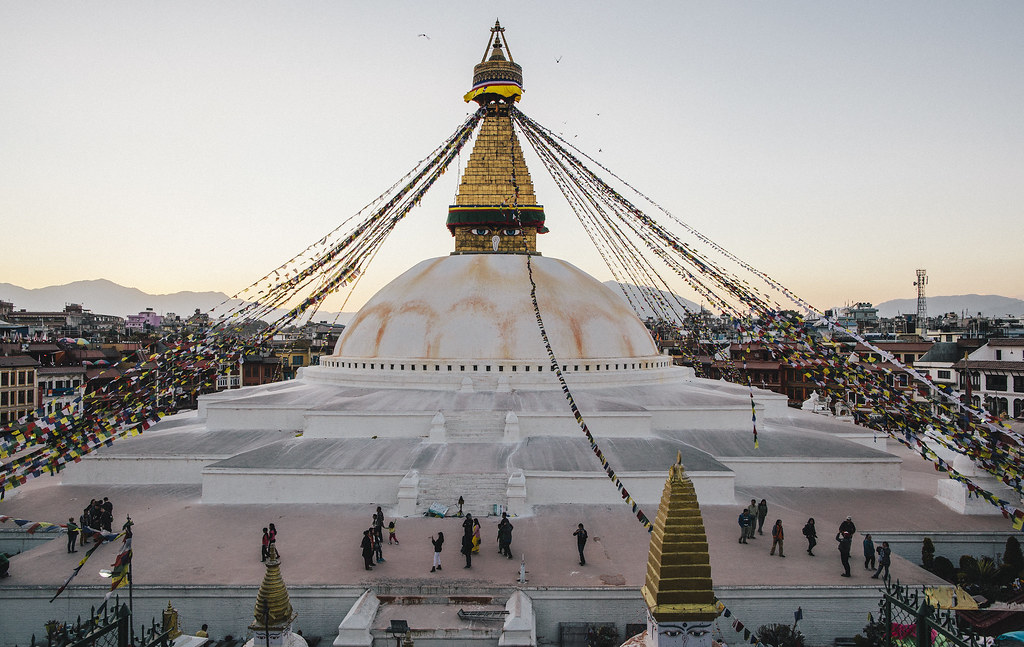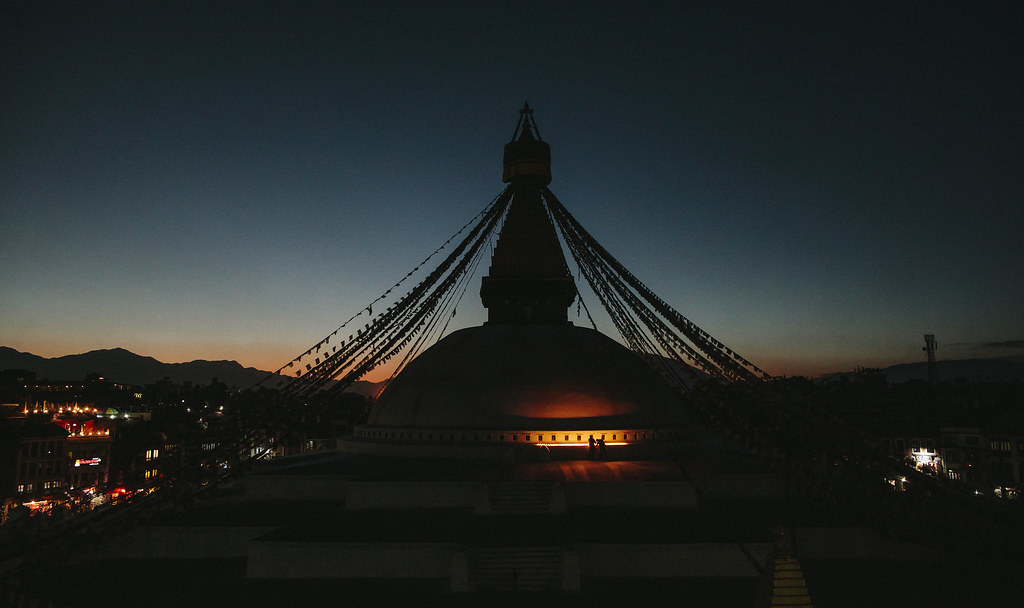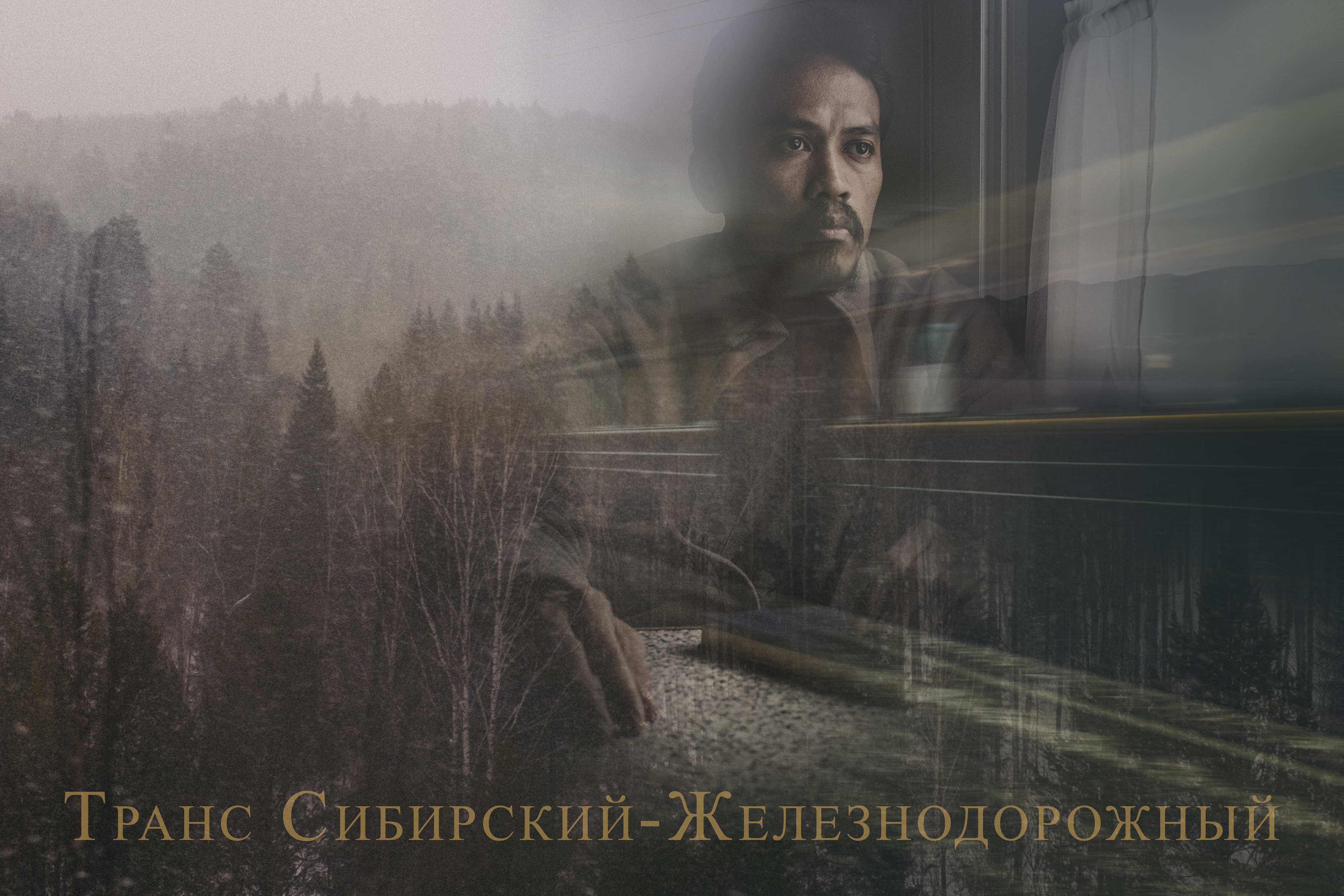Travel and Photography Tips | Light is Language
© 2014 Wazari Wazir | Boudhanath Stupa | Kathmandu | Nepal
© 2014 Wazari Wazir | Blue Hour | Boudhanath Stupa | Kathmandu | Nepal
“At times our own light goes out and is rekindled by a spark from another person. Each of us has cause to think with deep gratitude of those who have lighted the flame within us.”
– Albert Schweitzer –
According to Oxford Dictionaries; Language means the method of human communication, either spoken or written, consisting of the use of words in a structured and conventional way, and according to WikiPedia; Language is the human capacity for acquiring and using complex systems of communication, and a language is any specific example of such a system. The scientific study of language is called linguistics.
When it comes to photography, we communicate with a photograph, photography is a form of communication but the reason I’m writing this is because I’ve watch one of video interview with Joe McNally, a well known National Geographic Photographer, who once said in the interview that, “Light is Language“. At first, I really didn’t get it, I don’t understand what he really meant, but once I watch his explanation, I began to understand.
Anyway, the lighting in our photograph can conjures up a different mood, just take a look at your favourite film, especially those who have won the best in cinematography, what did you see, what did you learn. They use lighting creatively to make their visual story engaging, sometimes without a dialogue spoken, viewers manage to grasp what they were trying to communicate.
A happy scene, normally have a different set of lighting compared to scene where someone is crying, a great lighting help communicate well, grab your attention. I don’t now whether you understand what I’m talking here, well, since this is a blog about photography and most of you here are someone who like photography, I think you can understand what I’m trying to say here.
Talking about travel photography, photographing a place at different times of the day, can also conjures up a different kind of feeling. Joe McNally once said that, if a photographer manage to portray a place in a great light, well composed image, manage to photograph the visual experience in a great lustrous light, and making someone who saw it later on wanted to be there, then you have communicate well. You’ve use the “language” very well, or you’ve use the lighting successfully.
Sometimes we have to visit a certain place at different time of the day, because some place look better at sunset than sunrise depending on where the sun is coming from. If you take a look at the top photograph of Boudhanath Stupa there, the lighting was very flat, uninteresting, the photograph is just good for documentation, to show how the activity going on, but few minutes after the sunset, things get different, if you can see, there were two Buddhist devotees up there lighting a candles. At first I think they were going to light a candles all around it but actually, they were lighting that particular area only.
Personally I like the second picture, this place is mysterious to me, you can barely see the Buddha Eye on the second photograph but the language that I wanted to communicate here is to show you how mysterious this place is, maybe it is not mysterious to you, but to me, it is.
Why the Boudhanath Stupa is so mysterious, maybe you wanted to read about this; There are numerous legends concerning the Stupa’s construction. One of them has it that after the death of Kassapa Buddha, a certain old woman and her four sons buried his remains in the place where the Stupa now stands. Then, they asked the king for permission to erect a temple in this place, and the king agreed.
When, after many sacrifices, the woman and her sons had completed the groundwork of the structure, all those who saw it were amazed at the big size of it, and many were eyeing what was being created with undisguised envy. They went to the king and asked him to stop the construction process on the grounds that if such a poor woman was able to build such a huge temple, then the king would have to erect a temple as great as a mountain! The king is said to have replied: “I have finished giving the order to the woman to proceed with the work. Kings must not eat their words, and I cannot undo my orders now.” In this way, the Stupa could be completed. (The Boudhanath Stupa is said to contain the relics of Kassapa Buddha himself, the predecessor of the most famous Buddha Shakyamuni), jewellery and other things connected with the function of the stupa.
What I’m trying to say here about the photograph above is “A Sense of Mystery” and I think by photographing the Boudhanath Stupa with that lighting, just few minutes after the sun went down, making the stupa a silhouette, manage to do so. Sometimes a dull place looks great with the help of great lighting. There is a reason why most travel photographers like to go out shooting in the early morning and in the late afternoon when the lighting is great, if you wanted to communicate well with your “language” then choose it well, choose the “lighting” well.



